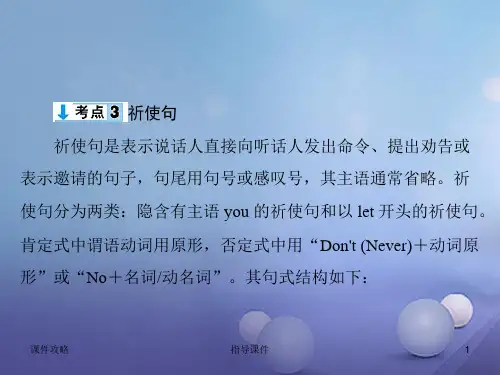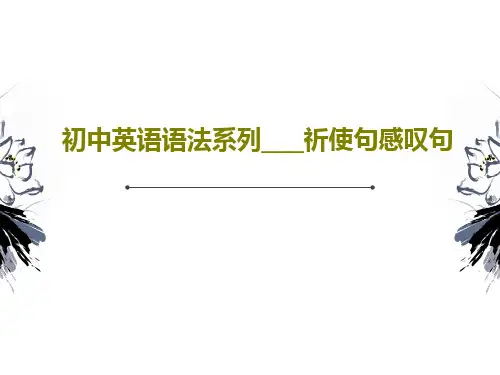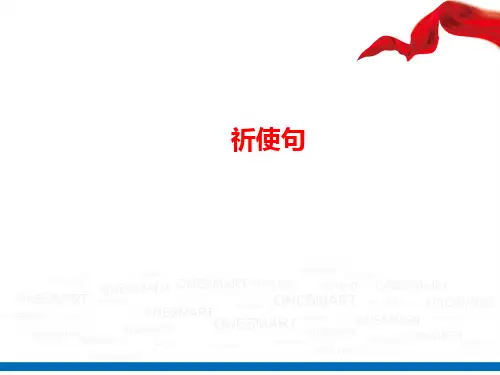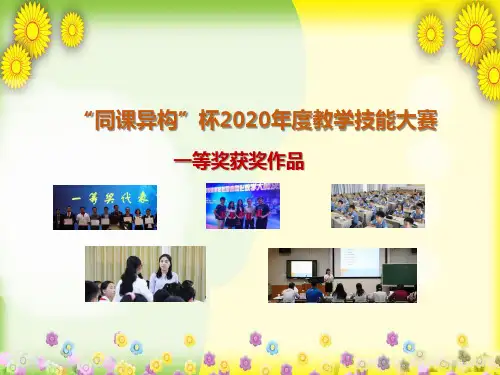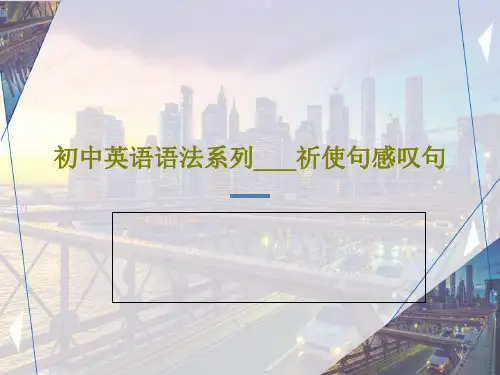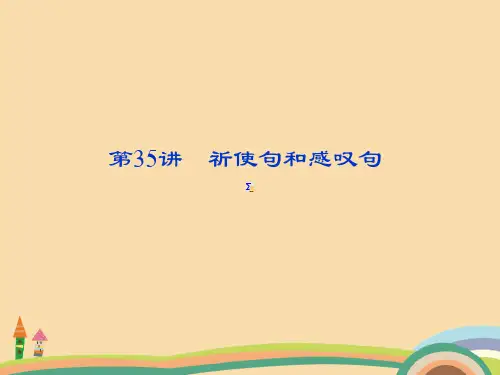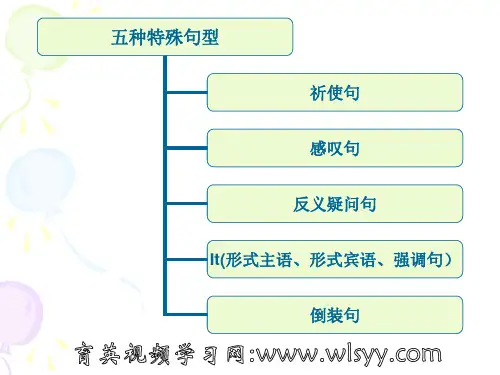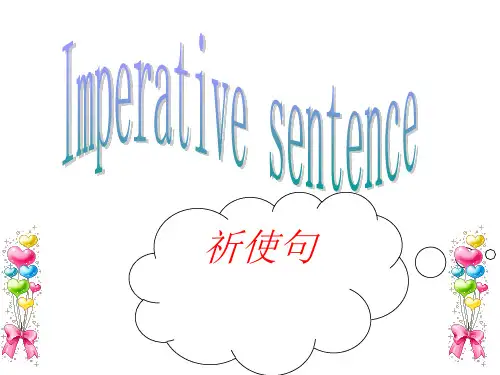其他it作形式主语
It作形式宾语
• it用作形式宾语的句型为:主语+谓语+it +宾语补足语+动词不定式/动名词/从 句。该句型中宾语补足语可由形容词、名 词等充当。
•
--- Don‟t go out, please. It‟s raining heavily outside. • 请不要出去。外面雨下得很大。 • ---- Yes, I will. I have to meet my brother at the airport. • 不行,我得去机场接我弟弟。
8,陈述部分有have to +v.原 (had to + v.原),
疑问部分常用don„t +主语(didn‟t +主语)。
We have to get there at eight, don't we? 9,陈述部分若为主从复合句,疑问部分的主 语通常与主句的主语一致。 She said he would come tomorrow, didn‟t she? He told us how to get to the farm, didn‟t he?
祈使句的否定句式
祈使句的பைடு நூலகம்答
• 祈使句的动作通常是表示将来发生的动作, 所以回答祈使句时,一般用will或won‟t。 在回答具有否定意义的祈使句时,要注意 两点:一是形式一致,即Yes与will保持一 致;No与won‟t保持一致。二是意思相反, 即Yes是不的意思;No是“是”的意思。 在回答时,要注意分析上下文语境中所提 供的条件。
前肯后否 前否后肯
• Jim is doing his homework, isn‟t he? • Tom wasn‟t watching TV at 8 yesterday, was he? • You went to Beijing yesterday, didn‟t he? • You knew nothing about him, did you? • There is little water in the cup, is there? • There are a few apples in the bag, aren‟t there?

